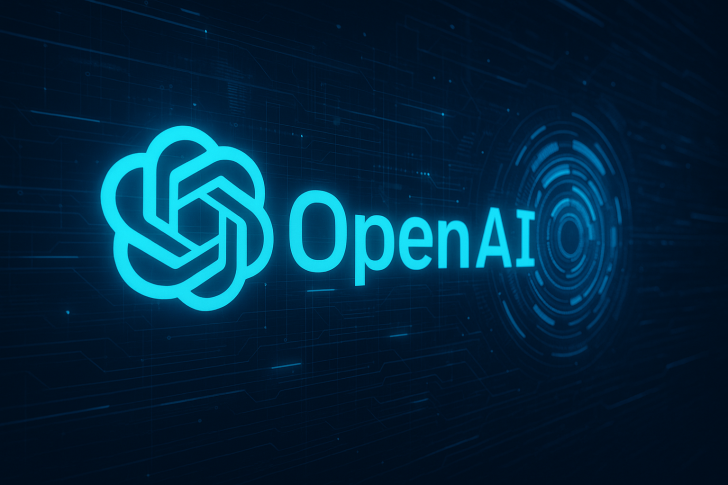OpenAI has started renting Google's Tensor Processing Units (TPUs) for AI inference tasks, representing the company's first significant move to reduce reliance on Nvidia hardware. This strategic shift aims to lower operational costs and create a more diverse compute infrastructure as demand for AI services continues to grow.
OpenAI's Hardware Diversification Strategy
According to trader Anissa Gardizy, OpenAI confirmed it's now using Google's TPUs for inference—the phase where trained AI models generate responses. This marks a notable departure for the company, which has historically relied almost entirely on Nvidia's GPUs for both training and deploying large language models like ChatGPT and GPT-4.
The timing reflects broader industry pressures. AI compute costs have skyrocketed as demand for Nvidia's premium GPUs like the H100 and A100 has intensified. By turning to Google's hardware, OpenAI is attempting to diversify its supply chain and reduce dependence on a single chip manufacturer—a challenge that nearly every major AI developer currently faces.
Financial and Technical Implications
From a cost perspective, the partnership could deliver substantial savings. TPUs are specifically designed for neural network operations and offer competitive performance at lower prices within Google Cloud's ecosystem. Industry analysts see this as part of OpenAI's broader effort to optimize the cost-performance ratio of its expanding AI services, especially as enterprise demand grows.
That said, the transition isn't without challenges. Moving large-scale workloads from Nvidia to TPUs requires significant engineering work, and reaching performance parity could take time. Still, the strategic upside is clear: better hardware compatibility could improve scalability, help navigate GPU shortages, and speed up product releases.
 Saad Ullah
Saad Ullah

 Saad Ullah
Saad Ullah


